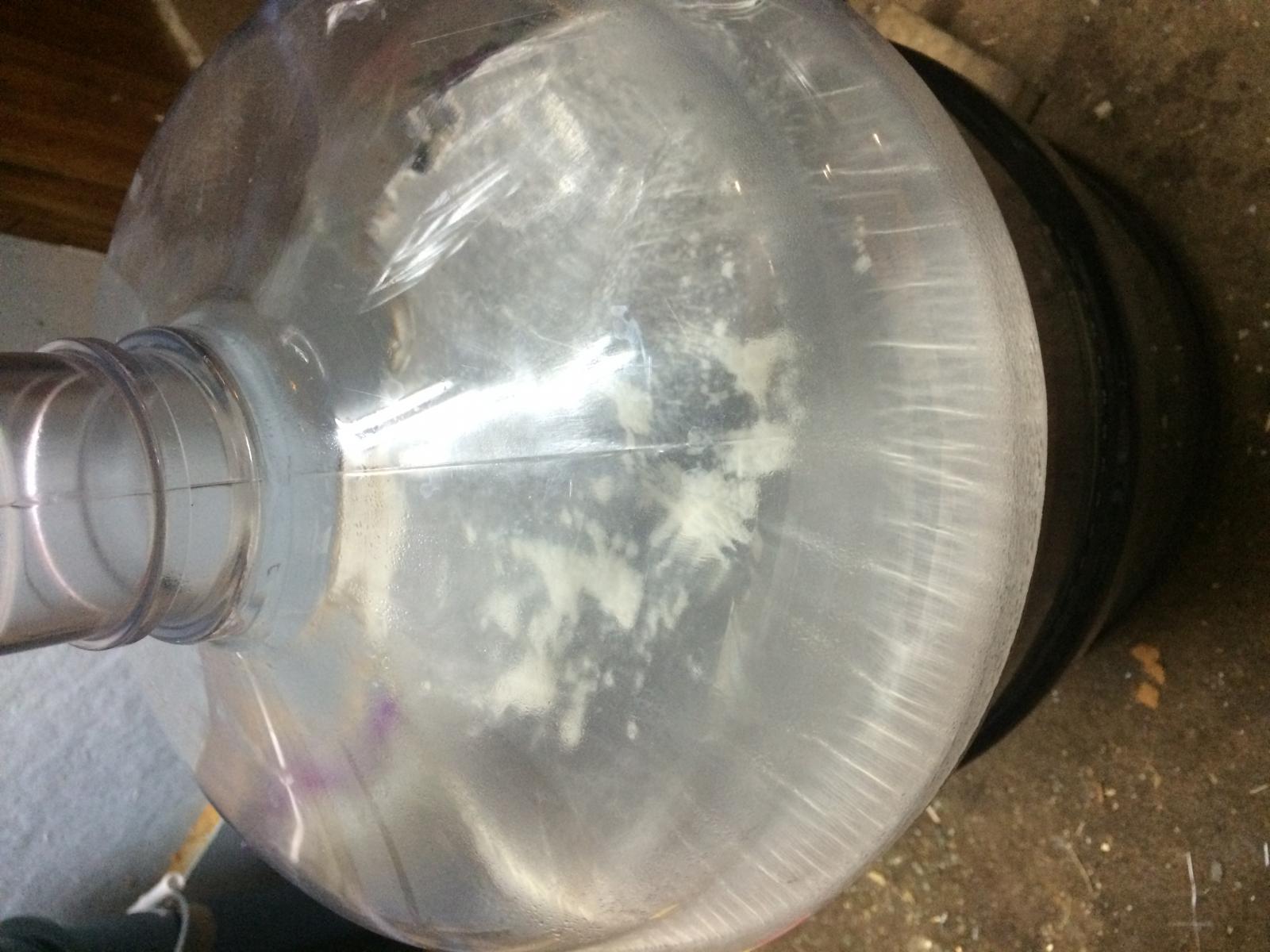71MoneyPit
New Member
- Joined
- Apr 10, 2014
- Messages
- 1
- Reaction score
- 0
I brewed my first all grain Irish red, everything was going great until about a week after racking, and then I seen the white frost start to form. I keep reading to check the gravity and give it a taste before I throw it out, but I just have my reservations on mold.
Questions:
1. Should I throw it out?
2. Someone said to purge my container with CO2 before and after racking?
3. Extra fresh batch of StarSan?

Questions:
1. Should I throw it out?
2. Someone said to purge my container with CO2 before and after racking?
3. Extra fresh batch of StarSan?

Last edited:


